Introduction
Crispy fried yam rolls, a delectable dish that marries the earthy sweetness of yams with a satisfyingly crunchy exterior, have become a beloved staple in global cuisine. Originating from Asian culinary traditions, particularly in Chinese and Southeast Asian cooking, these rolls offer a harmonious blend of textures and flavors that appeal to both traditional palates and modern food enthusiasts. This article delives into the intricate process of creating these golden-brown delights, from selecting the finest ingredients to mastering the frying technique. Whether you are a seasoned home cook or a curious novice, this guide will equip you with the knowledge to recreate this restaurant-quality dish in your own kitchen.
Understanding the Ingredients
The foundation of any exceptional dish lies in its ingredients, and crispy fried yam rolls are no exception. Each component plays a pivotal role in achieving the perfect balance of taste and texture.
-
Yam Selection
The star ingredient, yams, are root vegetables celebrated for their starchy flesh and subtle sweetness. When choosing yams, opt for firm, unblemished tubers with smooth skin. Varieties like Chinese yam (Dioscorea polystachya) or Japanese yam (Dioscorea opposita) are ideal due to their creamy texture when cooked. Avoid yams with soft spots or sprouts, as these indicate age or spoilage. -
Wrapper
Spring roll wrappers, typically made from a mixture of flour, water, and salt, serve as the delicate casing for the yam filling. These translucent sheets fry to a crisp perfection and are available in most Asian grocery stores. For a gluten-free alternative, rice paper wrappers can be used, though they require a slightly different handling technique. -
Filling Enhancements
While the yam puree forms the base, additional ingredients elevate the flavor profile. Finely minced shrimp, pork, or mushrooms add umami depth, while grated carrots or water chestnuts introduce a refreshing crunch. Seasonings such as five-spice powder, white pepper, and sesame oil impart aromatic complexity.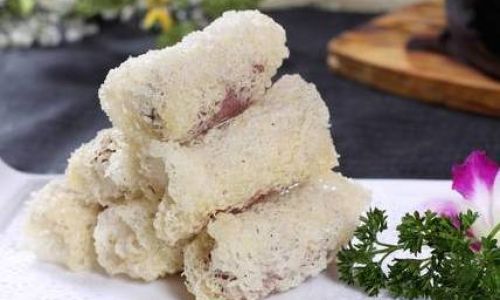
-
Coating and Frying Agents
A three-part coating ensures maximum crispiness: cornstarch for adhesion, beaten egg for binding, and panko breadcrumbs (or regular breadcrumbs) for texture. For frying, a neutral oil with a high smoke point—such as peanut, vegetable, or canola oil—is recommended to prevent burning and maintain a clean taste.
Step-by-Step Preparation
Preparing the Yam Filling
- Steaming the Yam: Peel and dice the yams into uniform chunks. Steam them over boiling water for 15–20 minutes, or until tender when pierced with a fork. Steaming preserves moisture and prevents waterlogging compared to boiling.
- Mashing and Seasoning: Transfer the cooked yams to a mixing bowl and mash until smooth. Incorporate minced protein (if using), grated vegetables, and seasonings. Mix thoroughly to combine, ensuring no lumps remain. Taste and adjust seasoning as needed—the mixture should be flavorful enough to stand alone, as frying will mellow the flavors slightly.
Assembling the Rolls
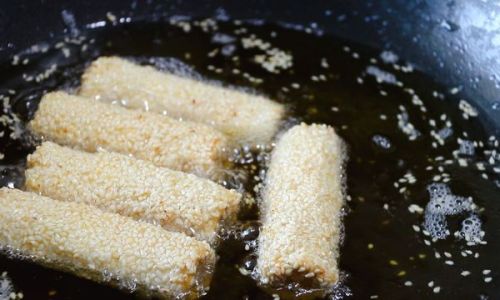
- Wrapper Preparation: Gently separate the spring roll wrappers, covering them with a damp cloth to prevent drying. Place one wrapper on a clean surface, positioning it like a diamond.
- Filling Placement: Spoon approximately two tablespoons of the yam mixture onto the lower third of the wrapper, shaping it into a compact log. Leave a one-inch border to prevent leakage during frying.
- Rolling Technique: Fold the bottom edge over the filling, tuck in the sides, and roll tightly toward the top edge. Seal the final edge with a light brush of water or cornstarch slurry. Repeat until all wrappers are used, placing completed rolls on a parchment-lined tray to avoid sticking.
Coating for Crispiness
- Triple Coating Method: Dip each roll first in cornstarch, shaking off excess, then in beaten egg, and finally in breadcrumbs. This layering ensures an even, shatteringly crisp crust. For an extra crunchy finish, double-coat by repeating the egg and breadcrumb steps.
Frying to Perfection
- Oil Temperature: Heat oil in a deep skillet or wok to 350–375°F (175–190°C). Use a thermometer for accuracy, as incorrect temperature can lead to soggy or burnt rolls.
- Frying Process: Gently lower the rolls into the oil, working in batches to avoid overcrowding. Fry for 3–4 minutes, turning occasionally, until golden brown. Drain on a wire rack or paper towels to maintain crispness.
Serving Suggestions
Crispy fried yam rolls are incredibly versatile. Serve them as:
- Appetizers: Accompany with a dipping sauce like sweet chili, plum, or soy-ginger.
- Main Course: Pair with steamed rice and stir-fried vegetables for a balanced meal.
- Party Snacks: Arrange on a platter with garnishes like cilantro, lime wedges, or crushed peanuts.
Tips for Masterful Execution

- Uniformity: Keep yam chunks and filling logs consistent in size to ensure even cooking.
- Wrapper Handling: If wrappers tear, patch with a small piece of wrapper and a dab of water.
- Oil Management: Use a deep-fry thermometer and maintain temperature by adjusting heat between batches.
- Make-Ahead Convenience: Assembled rolls can be frozen before frying. Freeze on a tray, then transfer to a sealed bag. Fry directly from frozen, adding 1–2 minutes to cooking time.
Healthier Variations
For a lighter twist:
- Baking: Brush rolls with oil and bake at 400°F (200°C) for 15–20 minutes, flipping halfway.
- Air Frying: Cook at 375°F (190°C) for 10–12 minutes, shaking the basket occasionally.
- Vegetarian Options: Substitute protein with tofu or tempeh, and use gluten-free wrappers.
Cultural Significance
In many Asian cultures, yam rolls hold symbolic meaning. During festivals like Chinese New Year, they represent prosperity and unity, as their round shape mirrors family togetherness. The dish’s golden hue also symbolizes wealth and good fortune, making it a festive favorite.
Troubleshooting Common Issues
- Soggy Rolls: Ensure oil is hot enough and avoid overcrowding the pan.
- Exploding Wrappers: Poke tiny air vents in the wrapper before frying to release steam.
- Bland Flavor: Amplify seasonings gradually, tasting as you go.
Conclusion
Crispy fried yam rolls are a testament to the magic of humble ingredients transformed through technique and care. By mastering the balance of textures and flavors, you can create a dish that delights the senses and bridges culinary traditions. Whether enjoyed as a snack, appetizer, or main course, these rolls are sure to impress. So, roll up your sleeves, gather your ingredients, and embark on a culinary adventure that celebrates the art of frying. With practice, you’ll soon be crafting yam rolls that rival those from your favorite restaurant—crispy, golden, and utterly irresistible.
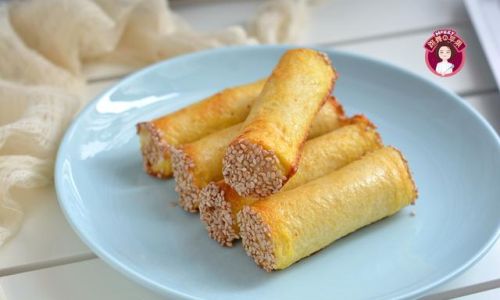
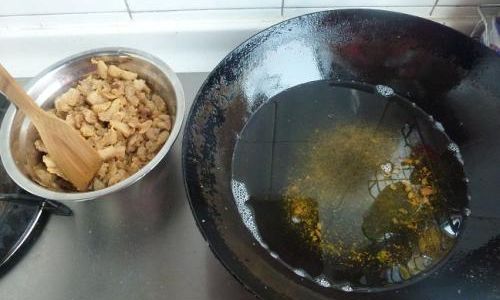
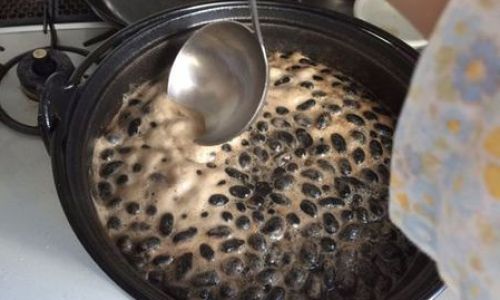
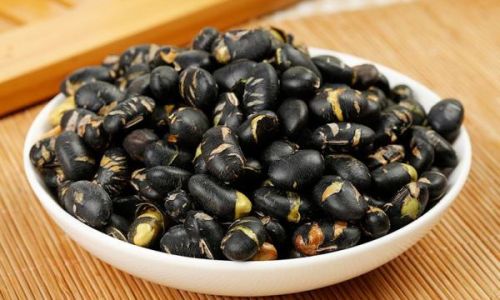
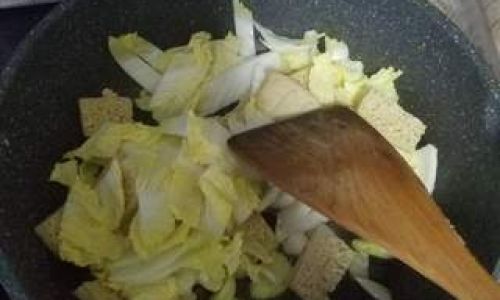
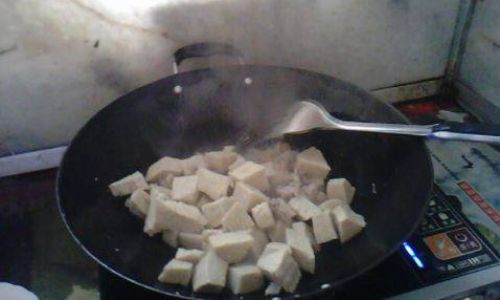
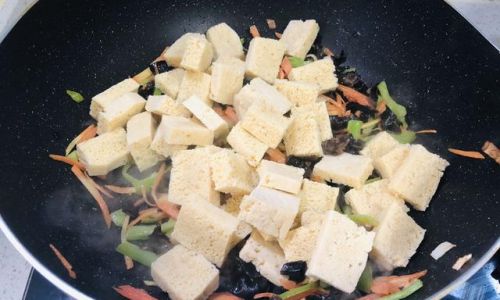
0 comments